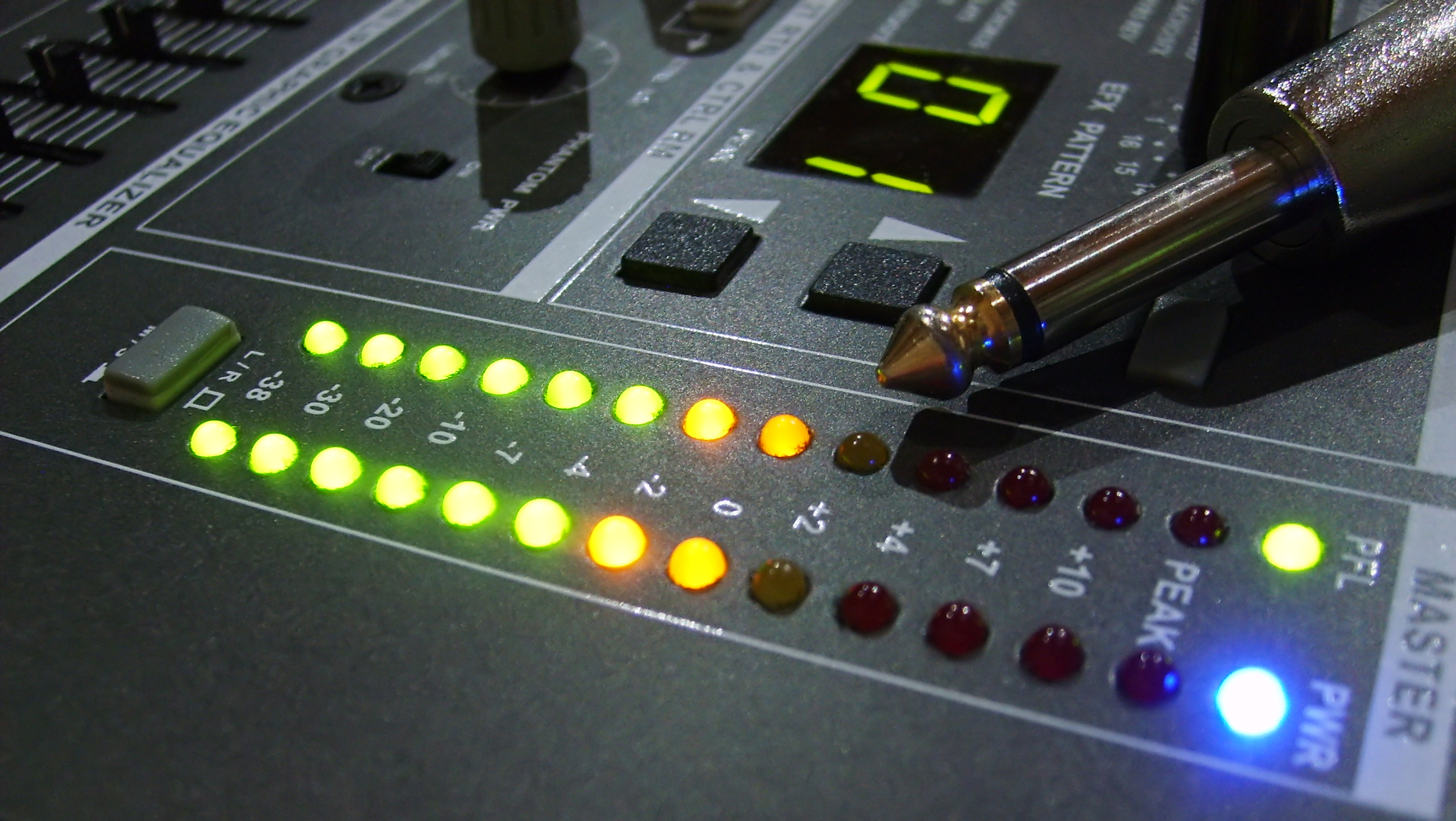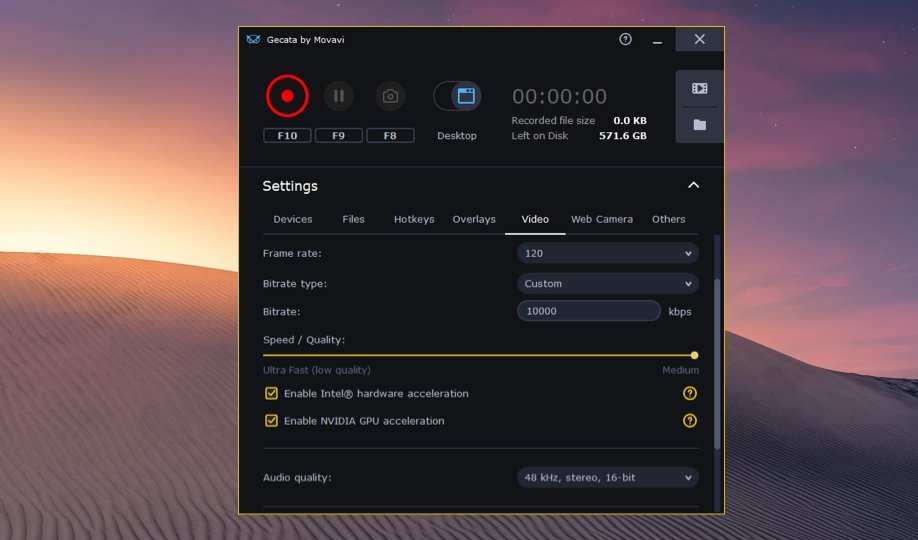

- #Capture desktop audio with sound siphon how to
- #Capture desktop audio with sound siphon mac os x
- #Capture desktop audio with sound siphon mac os
- #Capture desktop audio with sound siphon update
- #Capture desktop audio with sound siphon full
Each node has a level slider control. At the time no other software utility offered integration of the three functions described. There are three elements to the UI laid out from left to right 1/ Virtual sound device 2/ current audio sources - active applications 3/ audio output routing. It offers a simple node based user interface.

Notes: I did invest in Loopback, despite the high price tag, and it has provided efficiency and simplicity when working with multiple audio sources. Therefore, going back to system preference settings can, at times, appear to be unresponsive.
#Capture desktop audio with sound siphon mac os
Pro: Virtual audio devices and source mixingĬon: It does override the Mac OS system preferences for sound routing. Pro: Node-based UI, intuitive, and robust, Bonemap said: Using Loopback allows a very direct and therefore quick workflow for setting up audio on the Mac operating system. Notes: Node-based but not as good as Loopback in terms of UI from my brief test this morning.Ĭost: $100 (Free demo version but degrades audio after a short period of time) Pro: Virtual audio devices and source mixing
#Capture desktop audio with sound siphon how to
Info on how to set up a multi-output device (also applicable to Sound Flower)Ĭon: (No output routing/you need to make a multi-output device to do output routing?)Ĭon: Mac-only ( Windows is in development and you can sign up to be notified)įeatures: Automatically pause your music, set individual apps' volumes, and record system It is not possible like in Dante, Sound Siphon and Loopback to choose several destinations but if you choose Background Music as entry in a software you get the mix chosen in the Pulldown menu of Background Music and on the hardware output you want. Info Video (also applicable to Sound Flower) I did some brief testing with Loopback and Sound Siphon this morning (and if I did more audio work than I do I'd choose Loopback over Sound Siphon even though it's twice as expensive).Ĭon: You need to make a multi-output device to do output routing I've personally used SoundFlower and iShowU Audio Capture for projects.
#Capture desktop audio with sound siphon update
I can update this if anyone has anything to add. I compiled what everyone listed and added my own contributions. If audio input is malfunctioning, you can reconnect the connection by selecting "Refresh List".There was some discussion in the Syphon Virtual Webcam - Questions & Assistance thread about audio-routing software and it was getting a bit off-topic from the original purpose of the thread so I decided to move the discussion into its own thread. Selecting this device will automatically turn on the Sound Siphon system. To connect to Sound Siphon input, select the "Sound Siphon In" device in Laserdock Visualizer app sound settings. Sound Siphon free demo can be downloaded from and both the free and paid versions are fully supported. For best music reaction, it is recommended to use Sound Siphon for music from your computer, or a Line-In input for music coming from an external stereo system. Laserdock Visualizer app can listen to music from standard Mac audio devices, or use the Sound Siphon capture program. The "Sound level monitor" should animate when music is playing. Use the Sound settings to select and monitor audio input sources.
#Capture desktop audio with sound siphon full
If your projector supports full gradient color, use Full Color mode.Ĩ. If the colors don't looks as good as you like, you can adjust color balance in the Laser settings. Click on the menu item "Settings" to see laser and sound settings.ħ. Turn on the shuffle button to enable auto-random mode.Ħ. Use the forward and backward buttons to change visualizer. A window will pop up and you can control things with the window controls. To control the app, click on menu item "Connected via USB". If a connection can not be established, the app will quit.ĥ. If you get an error with OSX security preferences, locate the app in Finder, right-click on the app file and choose "Open" to allow the app to run.Ĥ.The projector will start playing right away. If you don't have the app, download it here. Connect Laserdock to your Mac via USB cable.

Connect Laserdock to the ILDA input port of the projector. (Optional) DB25 ILDA data cable.įor more info, visit our community sub at /r/laserdockġ. : download at - Recommended: Sound Siphon app from - USB Micro cable.
#Capture desktop audio with sound siphon mac os x
Mac OS X 10.6 and the Laserdock Visualizer A pp What you need: - Laserdock dongle and compatible laser projector. Laserdock Connect QuickStart Guide Laserdock QuickStart Guide


 0 kommentar(er)
0 kommentar(er)
